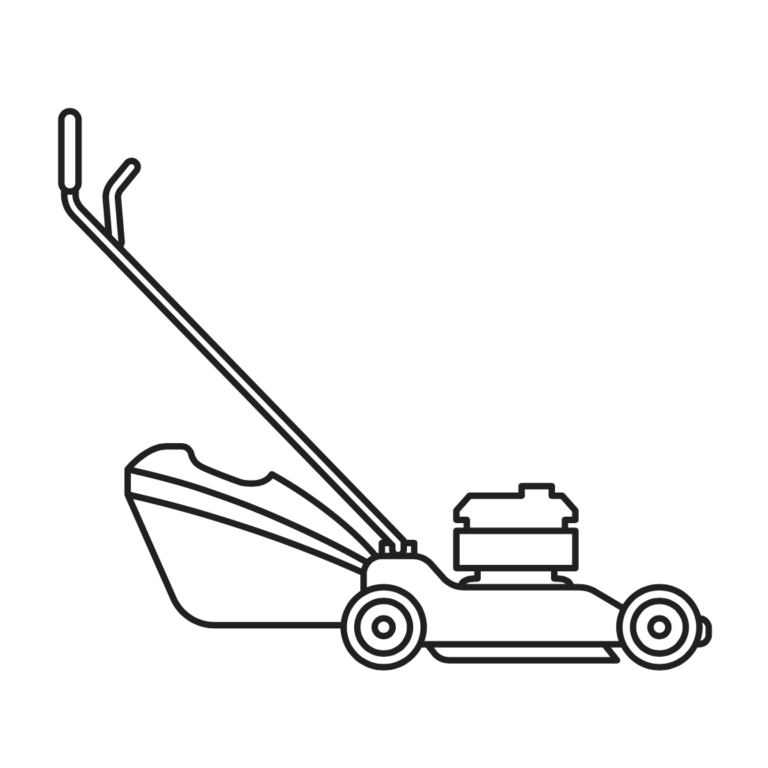Financial Literacy for Kids: Best Games, Books and Activities
One of the greatest rewards as a parent is watching your kids learn new skills. Whether learning to walk, riding a bike, or reciting the alphabet, watching your children grow and learn is inspiring. However, not all of us feel comfortable or confident about teaching financial literacy to our kids. The good news is you don’t need to be a math whiz or a financial geek to help your kids learn good money skills. Here is a primer to help you get started.
Why You Need to Talk To Your Kids About Money
Financial literacy isn’t one lesson or one skill. It’s a process. Starting that process can be done at any time and at any age. However, by starting when kids are young, you can lay a solid foundation of good money management skills.
A great way to start teaching your kids about money, particularly when they’re young, is to talk about money and finances. Then, continue to have money conversations as your kids grow older — you can help your kids become more financially confident adults.
Financial Literacy for Kids: Importance of Teaching Money Management Skills
Financial literacy is critical. Without a working knowledge of money, it’s challenging to do well in life.
Remember, money is central to life; it’s involved in virtually every aspect of our lives—from where we live, what we wear, how we travel, what we eat, and how we entertain ourselves.
To help our kids, we can start with the basic skills, which include:
- Learning about paper money and coins
- Learning to use money
- Developing the habit of saving
- Learning how to earn money
- Learning how to spend money
If you’re ready to teach your kids about money management, here is a selection of fun activities, strategies, and tools you can utilize to make lessons more fun, productive, and have a lasting impact.
Best Activities, Games and Books: Broken Out By Age Group
It’s hard to start teaching your kids about money if you don’t feel confident. And you’re not alone. In a 2015 survey from T. Rowe Price, 69% of parents confessed that they were highly concerned about setting a good financial example for their kids. Believe it or not, this is good. According to the same survey, 65% of kids aged 8 to 14 learn more about money management from their parents than from formal lessons at school.
Still, most parents feel pressure or anxiety when considering how to teach their kids about money management. To help, here are tools and activities to help you accomplish this goal. Pick the tools based on your child’s age and the money goal you want to teach.
Financial Literacy for Kids Aged 3 to 6
The Counting Game – Activity
Start teaching your kids about cash using various coin and paper money denominations. You then have a few options:
- Spread out the coins and bills and ask your kids to sort it—like with like.
- Spread out the cash and ask them to count as many as they can in a set period of time, say 10 seconds.
- Set up a few jars and spread out the loose coins and bills, then ask your kids to sort and count the coins into the jars.
What This Activity Teaches
Preschoolers may be too young to understand the concept of money, but they’re learning to count. This game strengthens their counting skills, helps them associate math with money, and teaches them to identify money denominations. Doing simple exercises like this one can help lay a foundation of financial literacy for later in life.
The Allowance Game – Boardgame
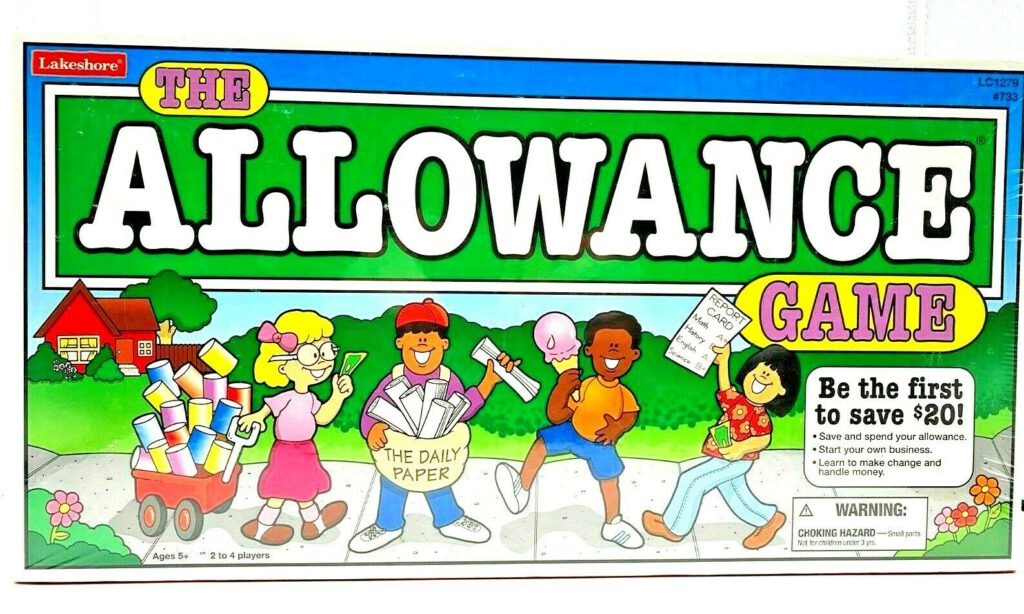
Kids as young as five can participate in this board game. The gameplay involves a variety of chores they can do to earn cash, and, similar to Pay Day, The Allowance Game can take between 15 and 30 minutes to complete and helps teach kids about earning, saving and smart spending.
What This Game Teaches
Helps kids become familiar with money and basic concepts like saving and counting.
Peter Pig’s Money Counter – Online game
This interactive mobile game is designed for younger players ages five and eight. With this, kids can learn how to identify, count, and save money. It’s a US-based game, so all currency is US-based, and all trivia is about American currency.
What This Game Teaches
Kids learn how to identify money denominations, practice counting and develop saving skills.
Another great option for toddlers is the tactile Learning Journey’s Learn with Me: Pig E Bank or the Realistic Play Money (and) Jar by the same company.
Both provide a tactile experience for your child while helping them learn about money denominations, counting and the principle of saving.
Books:
Money Plan by Monica Eaton (preschool/kindergarten age)
Arthur’s Funny Money by Lillian Hoban (preschool/kindergarten age)
A fun option is the Money Ninja: A Children’s Guide to Saving, Investing and Donating (ages 2 to 12)
Another option from the 77-book Ninja series is the Investor Ninja: A Children’s Book About Investing (ages 2 to 12
Financial Literacy for Kids Aged 7 to 8:
PayDay – Boardgame
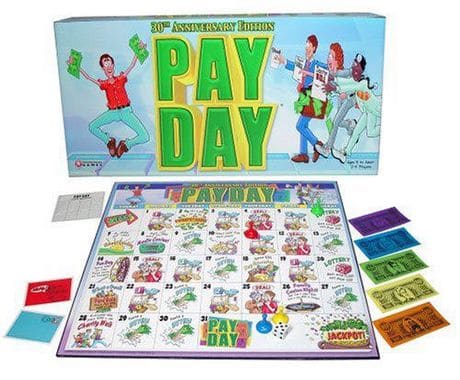
This is a classic board game that’s been around since 1975. While Monopoly remains a popular option, Pay Day is attractive to many parents because it only takes about 15 minutes to finish the game. Despite what can seem like a short round, players can learn how to earn a paycheque, pay outstanding bills, and make property deals to earn passive income.
What This Game Teaches
Kids learn how to identify money denominations, practice counting and develop saving skills.
Money Bags – Boardgame
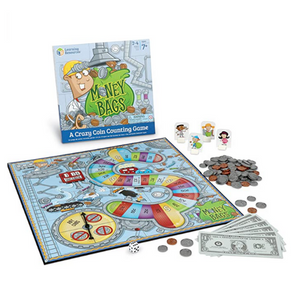
Another illustrated board game, Money Bags, can teach kids how to identify coins and count and exchange money. The winner of the game is the player who amasses the most cash. Kids will have to spin the wheel and avoid specific coins based on their dice roll, complete chores, and take steps to earn.
What This Game Teaches
Kids learn how to identify money denominations, practice counting and develop saving skills.
Bankaroo – Online activity
A virtual mobile or web-browser bank for kids, Bankaroo is an app that can teach kids how to budget, save up for goals, and spend responsibly. It has an advanced edition where kids can manage different accounts for checking, savings, and charity. It also has a free version for students who use the app for schools.
Some simpler activities involve introducing kids to play money or buying them a toy cash register. Other parents may also take younger kids along to the grocery store to become more familiar with how monetary transactions work.
Other financial literacy games for kids can take the form of board games or online games. Parents can join in on these games or supervise younger kids while playing. Here is a shortlist of board games and online games that can help kids and teens learn about cash:
What This Activity Teaches
Kids learn how to identify money denominations, practice counting and develop saving skills.
Buy Something Special – Activity

Get three jars and ask your child to count and divide their allowance or earnings into these three jars. (You can also use envelopes, boxes, or any other types of container.)
Label each jar: spend, save and give.
Ask them to repeat this process every time they earn money or get their allowance. You can create an even divide — a third of all earnings in each jar — or divide it based on budgeting. For instance, you can ask your child to save 60% in the spend jar, 20% in the savings jar and 20% in the giving jar. Now, ask your child to pick something they really, really want. Suggest that they research the cost of this item and monitor how much is in their spending jar—as soon as they have enough, let them buy the item.
What This Activity Teaches
The amount saved, spent or the item bought isn’t as important as the skill of saving up for a purchase, the delayed gratification of waiting to buy a desirable item, and the lessons learned on whether or not the money spent on the item was worth it. Remember, it’s OK if your child makes mistakes. Mistakes—about spending too much or too little or not comparison shopping enough—are also great ways for your child to learn.
Books:
- How to Turn $100 into $1,000,000: Earn! Save! by James McKenna, Jeannine Glista, and Matt Fontaine (elementary school-age)
- The Everything Kids Money Book by Brette Sember (elementary school-age)
Financial Literacy for Kids Aged 9 to 12:
Learn about bank accounts – Activity
Help your kids learn about bank accounts (chequing, savings, high-interest savings). Help them read the account statements. Go a step further and open up their own account and get them to use it, then help them monitor and track transactions. Go further and use a mobile app (or your banking app) to segment transactions. Walk them through the different transactions and talk about the difference between needs, like groceries, and wants, like movies or video games.
What This Activity Teaches
Learn how to use online bank sites bank accounts, and make deposits and withdrawals. This is a great foundation to help them gain confidence in managing their own money.
What Does it Cost? – Game

Make a guessing game about the cost of everyday household items. You can start in the fridge or a room and go through each article, making a game out of guessing the cost. You can do it “Price Is Right”-style and the closest without going over wins a point, or make it a fun, non-competitive activity.
What This Game Teaches
At this age, children are already consumers—making decisions on what they want and where to buy it. To help them make educated choices, you need to give your kids tools that will help them assess cost, value and the skills to comparison shop. These are foundation skills for making wise consumer choices.
Learn to Pay in a Digital Way! – Activity
To prepare your child for a cashless consumer experience, get a debit card attached to their own bank account. First, explain what a debit card is, how ATMs work and the importance of protecting their PIN. Then remind kids that the money used to pay for an item using the debit card comes from their bank account. Next, review their account before going out and buying an object using a debit card. Then go back and check their account to show the amount taken from their account.
What This Activity Teaches
Cashless budgeting and responsible spending rely on skills learned from planning, budgeting and reviewing what’s held in a bank account and how that is accessed and used when making debit purchases. For most pre-teens, a debit card is their first step into responsible use of credit (and an integral part of delayed gratification).
Financial Literacy for Kids Aged 13 to 15:
Plan and Save for a Future Treat – Activity
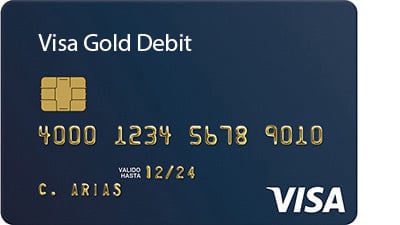
Help teens make tangible goals and discuss which accounts are the best way to help them reach these goals and build their financial confidence. To do this build on the three jars activity only this time, use three different no-fee bank accounts. Ask them to divide the money based on an established budget; then ask them to pick and save up for a really special item. Once they’ve earned enough, allow them to buy the item using their debit card and money from the spending account. Then review the purchase in their online bank account.
What This Activity Teaches
Ingraining the habit of budgeting and creating a spending plan is integral to teaching your kids good saving, budgeting and spending habits.
Learn About Credit Cards – Activity
Teaching your kids about money in this exercise involves showing your teen an example of a credit card statement to understand what must be paid (at least the minimum payment amount) and by when (the payment due date). Then apply for a secondary card for your teen for one of your credit card accounts, or purchase a prepaid credit card and give it to your teen. Then ask them to pick an important item, develop a savings plan and, when they have enough money, let them pay for the item using the credit card. Again, walk them through checking the purchase through their online statement, show them the potential interest costs, if they don’t pay off the balance and then walk them through monitoring and scheduling an on-time bill payment for that credit charge.
What This Activity Teaches
Teens need to understand credit and how a credit card works. Having this knowledge at a young age can help them manage their finances with confidence when they get a credit card in the future.
Time-Value of Money – Activity
Use digital banking tools to help your teen track what they spend in a week. Then ask them to select a special item they want to buy. Ask them to create a budget and savings plan and then ask them to calculate how long they’ll have to work in order to earn the money required to purchase that special item.
What This Activity Teaches
This exercise helps reinforce the connection between time spent working (and earning) and money spent on their wants (and, eventually, needs). This association helps them better appreciate the time-value relationship of money and helps them better manage their spending.
Books:
- Show Me the Money by Alvin Hall (high school age)
Financial Literacy for Kids Aged 16+:
Big Purchase Principles – Activity

When considering a large purchase, talk to your teen about the features you must have, like a warranty, compared to the extras you’d like. Then discuss how you comparison shop, search for deals and the decision-making process of making this purchase or spending the money on other items. If it helps, consider sharing the family budget with your teen and walk them through the real-world costs of taking care of a family.
What This Activity Teaches
Being upfront about household costs and the process you use before making a large purchase, helps them build financial knowledge that they can use in their everyday life.
Car Costs Chat – Activity
If your teen wants to borrow the family car or learn how to drive, it’s the perfect time to sit them down and discuss the costs associated with car ownership and use. Discuss insurance costs and the impact of accidents and tickets on those costs. Go online and show them the cost difference. Next, discuss the costs of running and servicing a car, including mechanic check-ups, fluid top-ups as well as gas and repairs. Ask them to write down a saving plan of how they will save the money to help pay for a car and ask them to write own their spending plan for how they’ll cover the cost of car maintenance and gas costs. Don’t forget to discuss the importance of financially planning for the unexpected expenses (accidents, theft, etc.) that can come with car ownership.
What This Activity Teaches
At this stage, teens may not be aware of all of the costs associated with driving. Reinforce that driving means learning and being responsible not just for road safety but also for car use’s financial obligations. These include insurance, gas and maintenance. Another reason for this discussion is that helps your child start to associate freedom and choice with associated costs—sure a car is great to use and have, but you need to be responsible and you need to pay the costs if you want that freedom.
Books:
- I Want More Pizza by Steve Burkholder (high school and college-age)
Financial Literacy for Kids Starts at Home
As a parent, you may be wondering how and when to start teaching financial literacy for your kids. Research shows that you can begin as early as preschool—and the earlier you start, the easier it is for your kids to develop solid money management skills. The key is not to master complex skills but to start by creating a healthy relationship with money. Then, start using this framework, and you can deepen and develop other skills as they age and mature. Don’t worry if you feel intimidated. There are now plenty of resources and strategies—including those mentioned above—that can make money lessons fun, interactive, and far more memorable. All of this will go a long way in teaching your children the fundamentals of financial literacy.
To read more about financial literacy or to find more tools and techniques, check out the Plutus Foundation Impact series.





